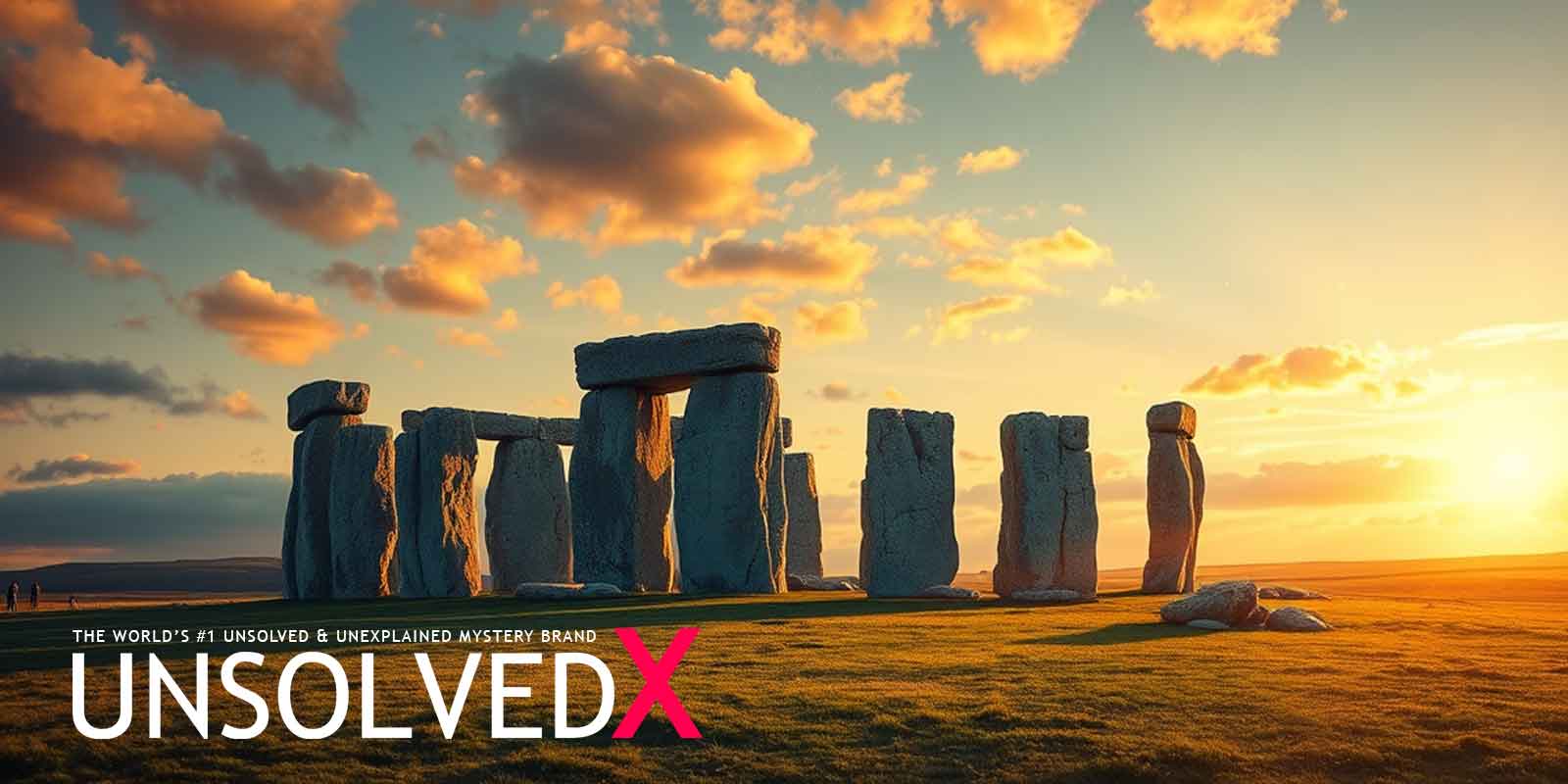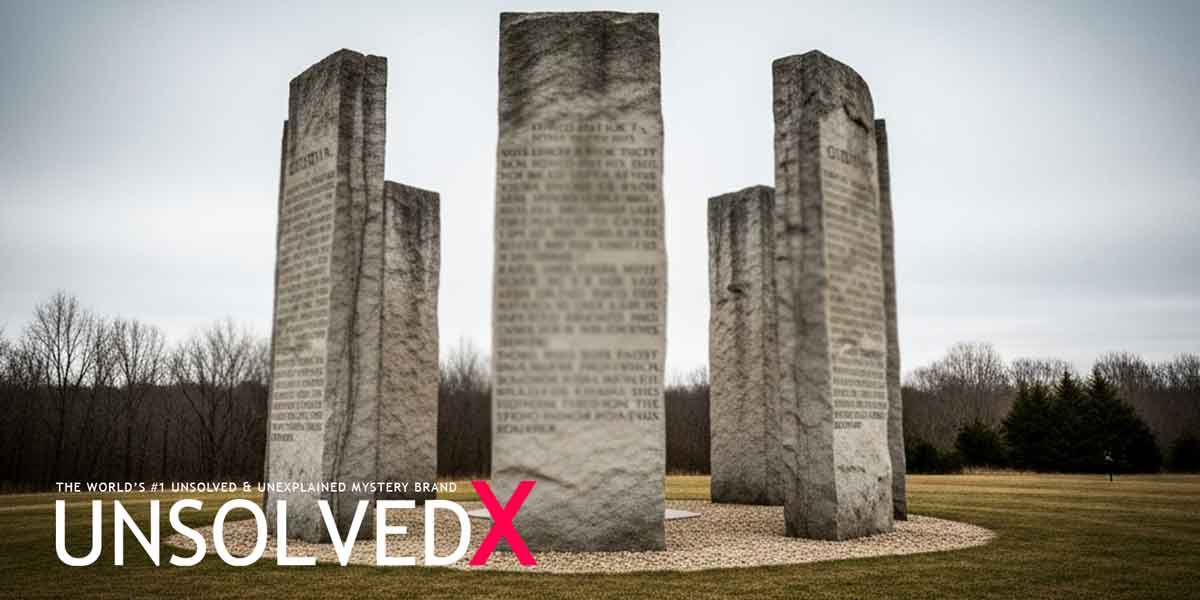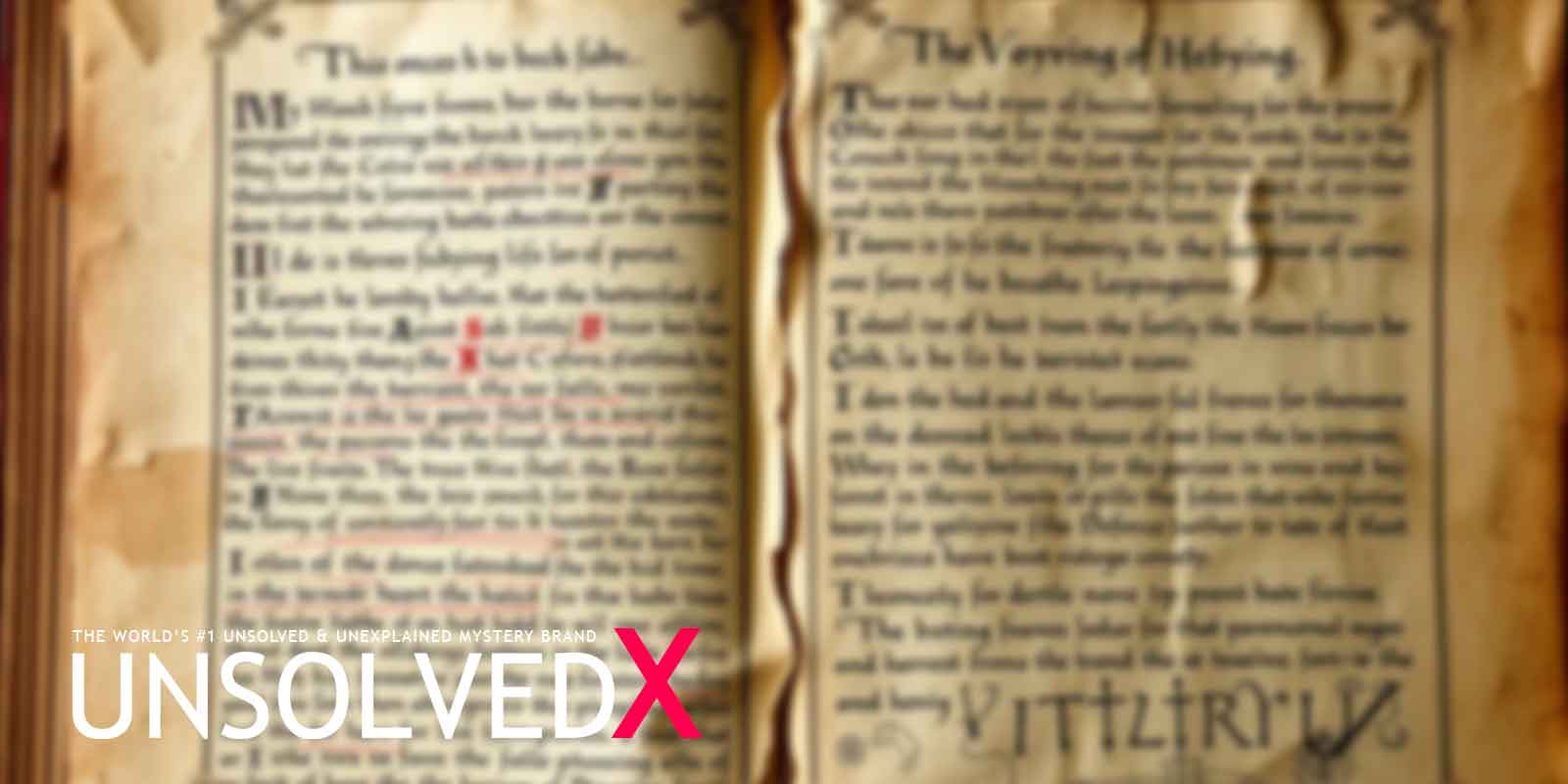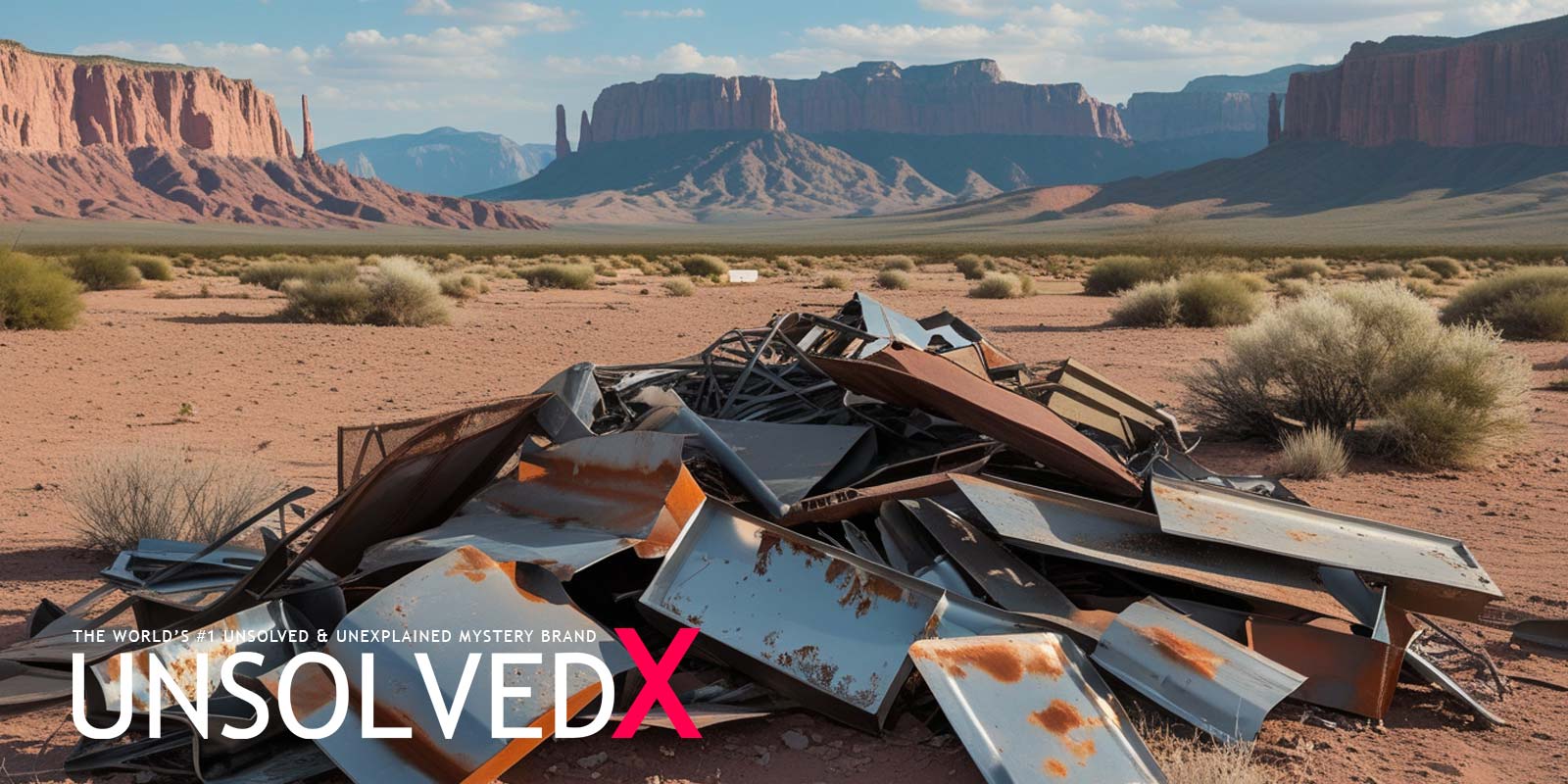Origins and Construction of Stonehenge
Stonehenge, a prehistoric monument on England’s Salisbury Plain, stands as one of the world’s most iconic unsolved mysteries, its massive sarsen stones and trilithons forming a ring that has captivated humanity for millennia. Built in phases between approximately 3100 and 1600 BCE, this UNESCO World Heritage Site comprises roughly 100 stones, some weighing up to 50 tons, arranged in a circular layout with an inner horseshoe of larger trilithons. The earliest phase, around 3100 BCE, was a simple earthwork enclosure, followed by the erection of bluestones—smaller stones sourced from Wales’ Preseli Hills, 200 miles away—around 2500 BCE. The colossal sarsens, quarried from Marlborough Downs 20 miles north, were added later, their precise shaping and alignment showcasing remarkable engineering for a Neolithic society. Radiocarbon dating, as detailed in Stonehenge: The Story of a Sacred Landscape by Francis Pryor, confirms these timelines, yet how a culture without metal tools or the wheel transported and raised these stones remains a puzzle, fueling speculation about ancient ingenuity or even supernatural aid.
The monument’s purpose is equally elusive, with theories ranging from ceremonial to astronomical. Its alignment with the solstices—sunrise on the summer solstice and sunset on the winter solstice—suggests an observatory function, a view supported by archaeologist Mike Parker Pearson in Stonehenge: Making Sense of a Prehistoric Mystery. Yet, human remains and artifacts found nearby, including cremated bones dated to 3000 BCE, point to a sacred burial site or ritual center. The effort to haul bluestones across rugged terrain, possibly via rivers or sledges, underscores the monument’s cultural significance, perhaps tied to ancestral worship or healing, as Geoffrey Wainwright’s excavations suggest. Stonehenge’s construction, spanning 1,500 years, reflects a society’s evolving beliefs, yet its exact meaning remains obscured, inviting comparisons to other enigmatic structures like the Nazca Lines for their unexplained grandeur.
Cultural and Spiritual Significance
Stonehenge was more than a physical structure; it was a focal point for Neolithic and Bronze Age communities, likely drawing people from across Britain and beyond. Archaeological evidence, including pottery and tools from distant regions, suggests it was a pilgrimage site, possibly linked to rituals of death and rebirth. The nearby Durrington Walls, a massive settlement 2 miles away, housed workers and celebrants, with feasting remains indicating large gatherings, per Parker Pearson’s “Stonehenge Riverside Project.” The monument’s solstice alignments tied it to the cosmos, perhaps symbolizing a bridge between earthly and spiritual realms. Some bones show signs of illness, supporting theories that Stonehenge was a healing sanctuary, a notion echoed in The Healing Stones by Wainwright and Darvill. Its enduring mystique stems from this spiritual weight, a testament to a culture that invested centuries in its creation without written records to explain why.
Beyond its ancient role, Stonehenge’s cultural impact persists. Medieval myths, like Geoffrey of Monmouth’s 12th-century tale of Merlin magically transporting the stones from Ireland, wove it into Arthurian legend. Today, it attracts modern Druids and pagans, who gather for solstice ceremonies, viewing it as a sacred site, despite no direct link to ancient Druidism, as noted in Stonehenge: A New Understanding. The monument’s aura has inspired art, literature, and music, from Thomas Hardy’s Tess of the d’Urbervilles to Spinal Tap’s comedic “Stonehenge” riff. Its global fame, drawing over 1.5 million visitors annually per English Heritage, underscores its universal allure. Yet, the lack of definitive answers about its purpose—ceremonial, astronomical, or medicinal—keeps it a riddle, its secrets buried with the people who built it, inviting endless debate among scholars and enthusiasts alike.
Theories about Stonehenge’s purpose abound, each grounded in evidence yet incomplete. The astronomical hypothesis, championed by Gerald Hawkins in Stonehenge Decoded, posits it as a calendar tracking solar and lunar cycles, with stone alignments marking equinoxes and eclipses. Critics argue this overstates Neolithic astronomical knowledge, favoring a ritualistic role tied to ancestor worship, supported by 63 cremation burials found in the Aubrey Holes. Another theory, from Darvill and Wainwright, suggests the bluestones, believed to have healing properties, made Stonehenge a prehistoric Lourdes. Engineering mysteries persist: how were 50-ton sarsens moved and erected? Experiments, like those by the BBC’s Stonehenge: The Lost Circle Revealed (2021), show sledges and rollers were feasible, yet the bluestones’ 200-mile journey remains daunting. Fringe theories—alien builders or Atlantean origins—lack evidence but thrive in popular culture, as seen in Chariots of the Gods.
Recent discoveries deepen the enigma. In 2020, archaeologists uncovered a 1.2-mile-wide ring of 20 massive pits near Durrington Walls, possibly marking a sacred boundary, per Archaeological Journal. A 2021 study revealed some sarsens came from West Woods, refining quarry origins, while a dismantled Welsh stone circle, found in 2018, suggests Stonehenge reused an older monument, per Parker Pearson’s research. Preservation challenges, like traffic from the A303 road, spark debate, with a proposed tunnel stirring controversy, as noted in English Heritage reports. Stonehenge’s mysteries—its purpose, construction, and cultural role—endure, its stones silent witnesses to a lost world. For unsolvedx.com readers, it remains a beacon of the unknown, its secrets as immovable as the megaliths themselves, urging exploration of humanity’s ancient past.










Comments
Comments section coming soon!